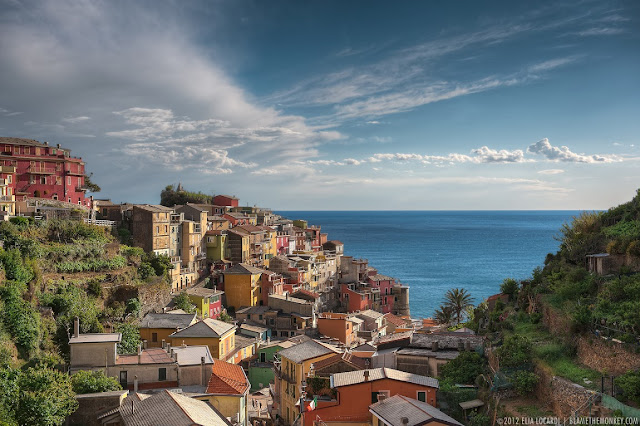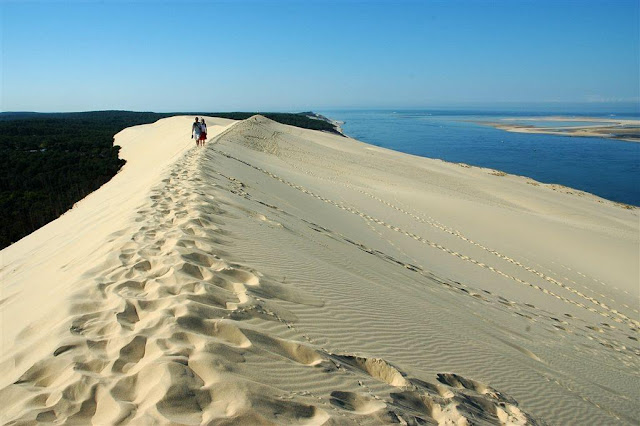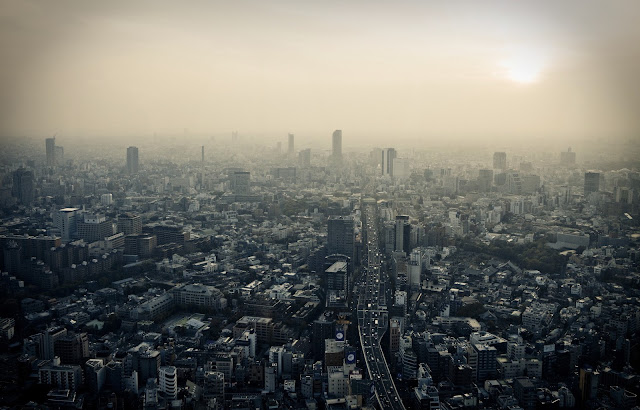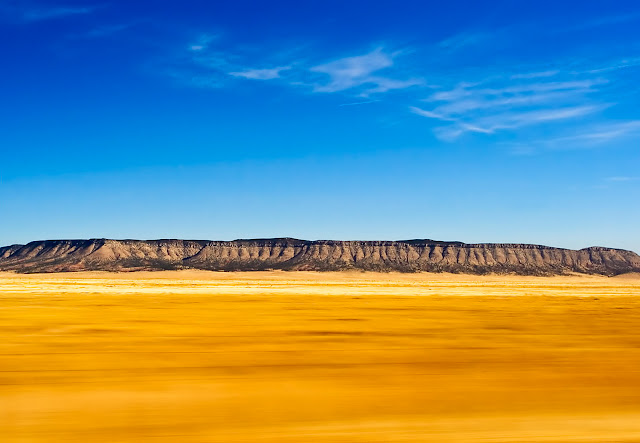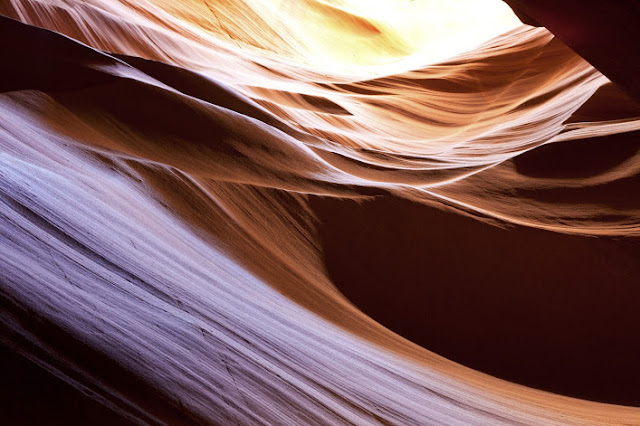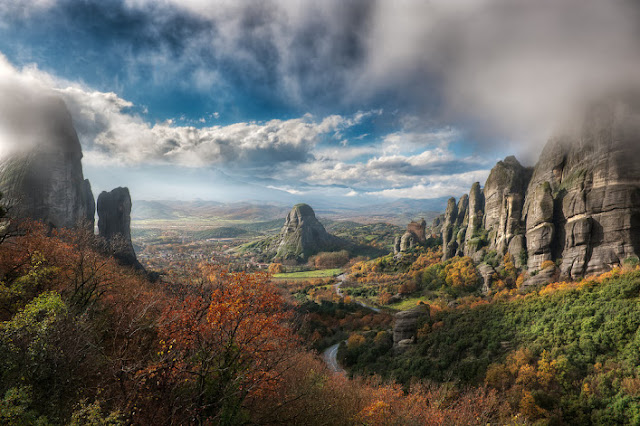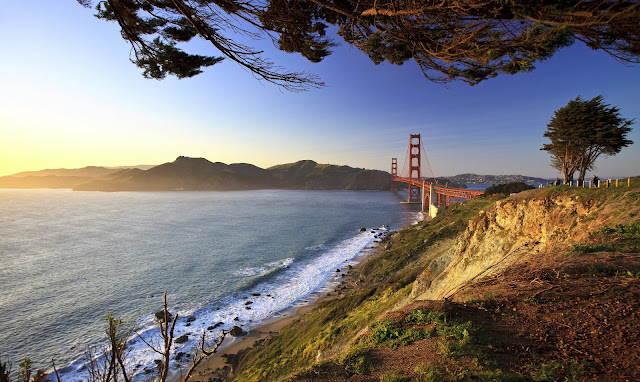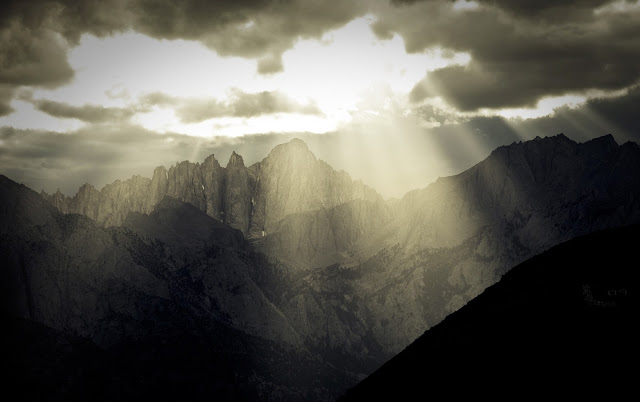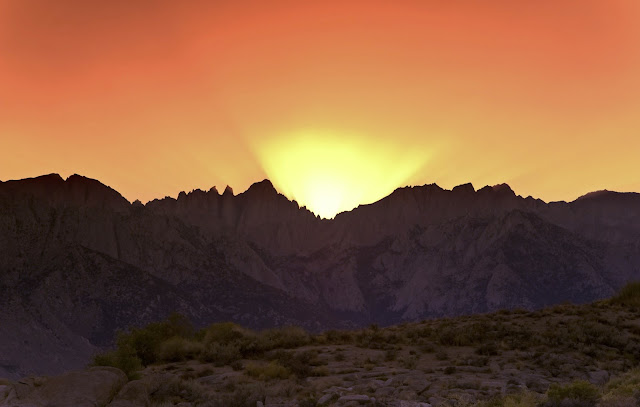Search This Blog
The Gulf Of Alaska
The Gulf of Alaska is an arm of the Pacific Ocean defined by the curve of the southern coast of Alaska, stretching from the Alaska Peninsula and Kodiak Island in the west to the Alexander Archipelago in the east, where Glacier Bay and the Inside Passage are found.
The entire shoreline of the Gulf is a rugged combination of forest, mountain, and a number of tidewater glaciers. Alaska's largest glaciers, the Malaspina Glacier and Bering Glacier spill out onto the coastal plain along the Gulf of Alaska. The coast is also heavily indented, with Cook Inlet and Prince William Sound the two largest connected bodies of water, but also including Yakutat Bay and Cross Sound. Lituya Bay is the site of the largest recorded tsunami in history and is a popular sheltered anchorage for fishing boats.
The Gulf of Alaska is considered a Class I, highly productive ecosystem (more than 300 grams of carbon per square meter per year).
Meteorologically, the Gulf is a great generator of storms. In addition to dumping vast quantities of snow and ice on southern Alaska, resulting in some of the largest concentrations south of the Arctic Circle, many of the storms move south along the coasts of British Columbia, Washington, Oregon, and as far south as Southern California (primarily during El Nino events). Much of the seasonal rainfall and snowfall in the Pacific Northwest and Southwestern United States comes from the Gulf of Alaska. source : Wikipedia
The entire shoreline of the Gulf is a rugged combination of forest, mountain, and a number of tidewater glaciers. Alaska's largest glaciers, the Malaspina Glacier and Bering Glacier spill out onto the coastal plain along the Gulf of Alaska. The coast is also heavily indented, with Cook Inlet and Prince William Sound the two largest connected bodies of water, but also including Yakutat Bay and Cross Sound. Lituya Bay is the site of the largest recorded tsunami in history and is a popular sheltered anchorage for fishing boats.
The Gulf of Alaska is considered a Class I, highly productive ecosystem (more than 300 grams of carbon per square meter per year).
Meteorologically, the Gulf is a great generator of storms. In addition to dumping vast quantities of snow and ice on southern Alaska, resulting in some of the largest concentrations south of the Arctic Circle, many of the storms move south along the coasts of British Columbia, Washington, Oregon, and as far south as Southern California (primarily during El Nino events). Much of the seasonal rainfall and snowfall in the Pacific Northwest and Southwestern United States comes from the Gulf of Alaska. source : Wikipedia
The Gulf Of Alaska - Where Two Ocean Meets

The Gulf of Alaska - Fairweather Range at dusk
Sunset
at Sierras, Lone Pine, California
Sunset over california plains, seen from Sequoia Park.
Clouds at sunset over Page, Arizona
Sunset on highway 395, Lone Pine, California
Sunset date: January 4th, 2013
Location: Sutro Baths, San Francisco, California.
Subscribe to:
Posts (Atom)


